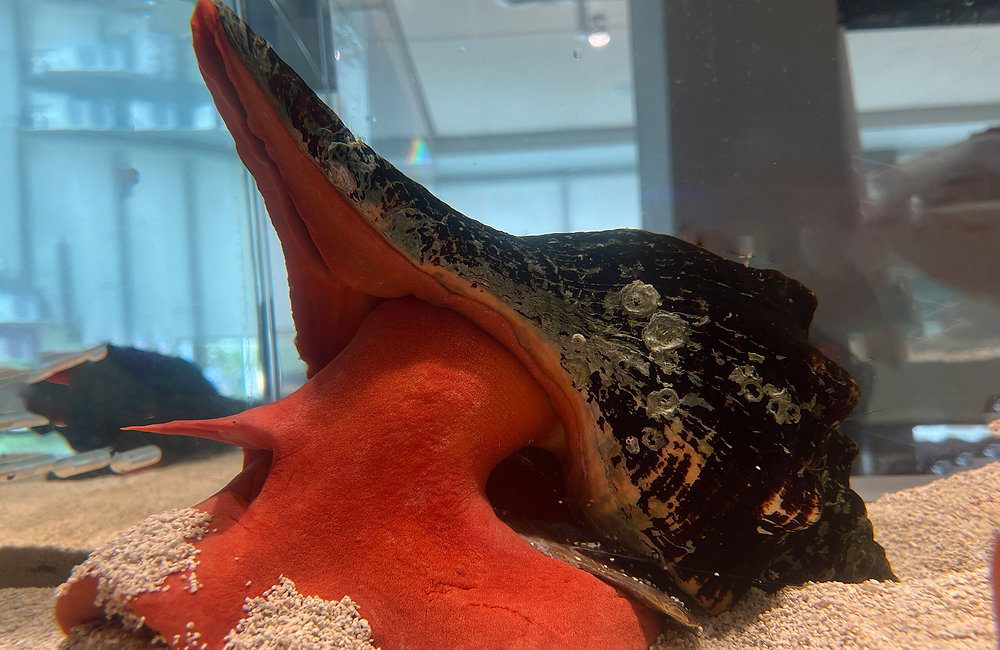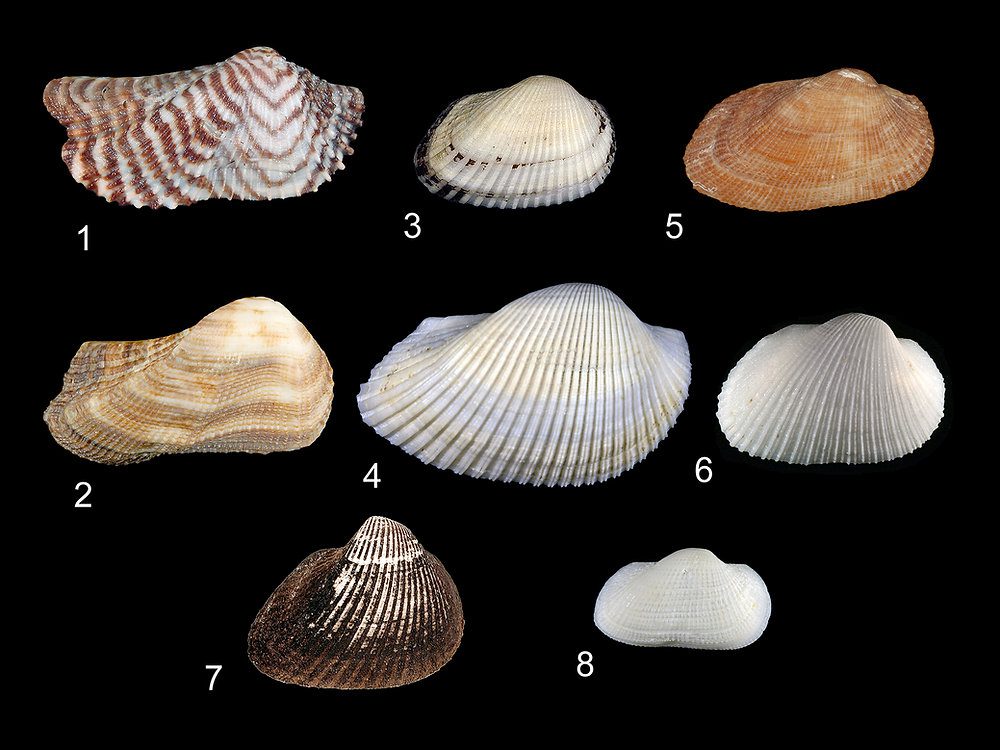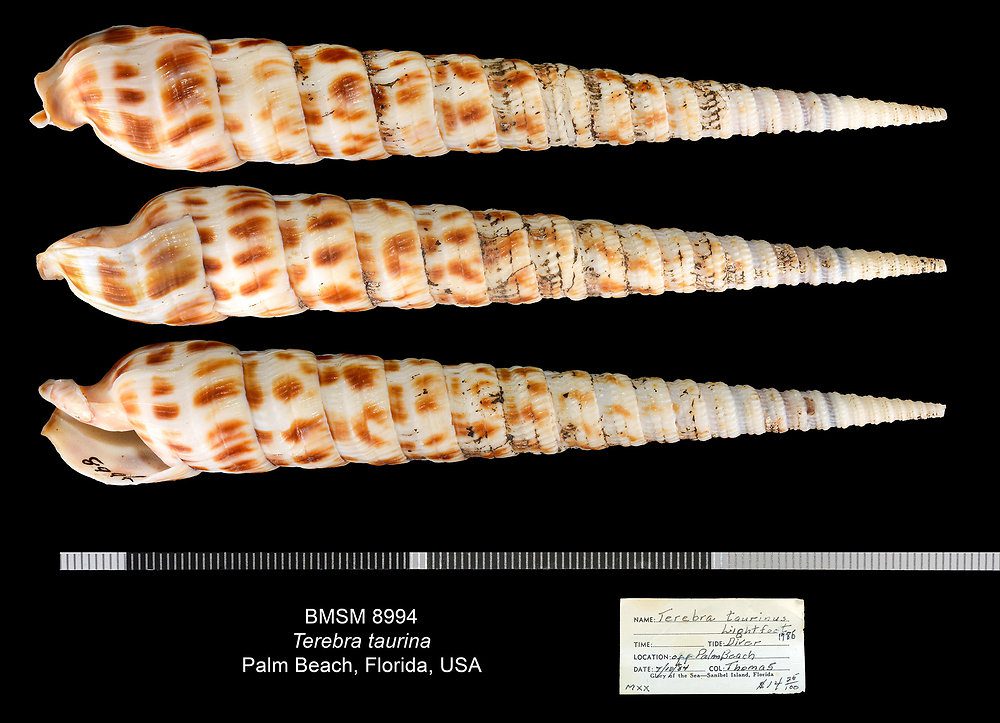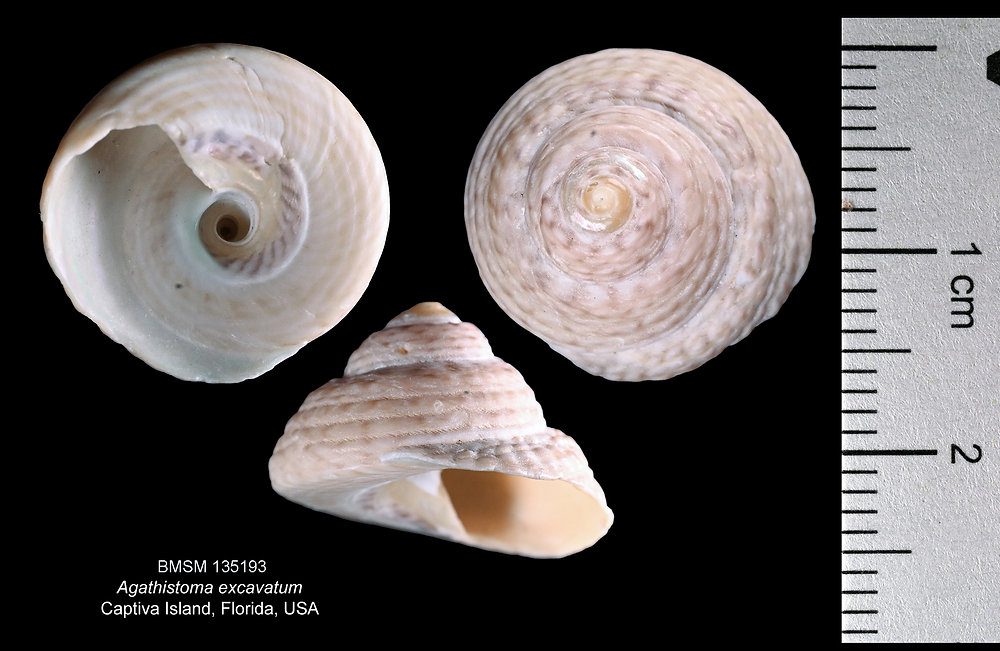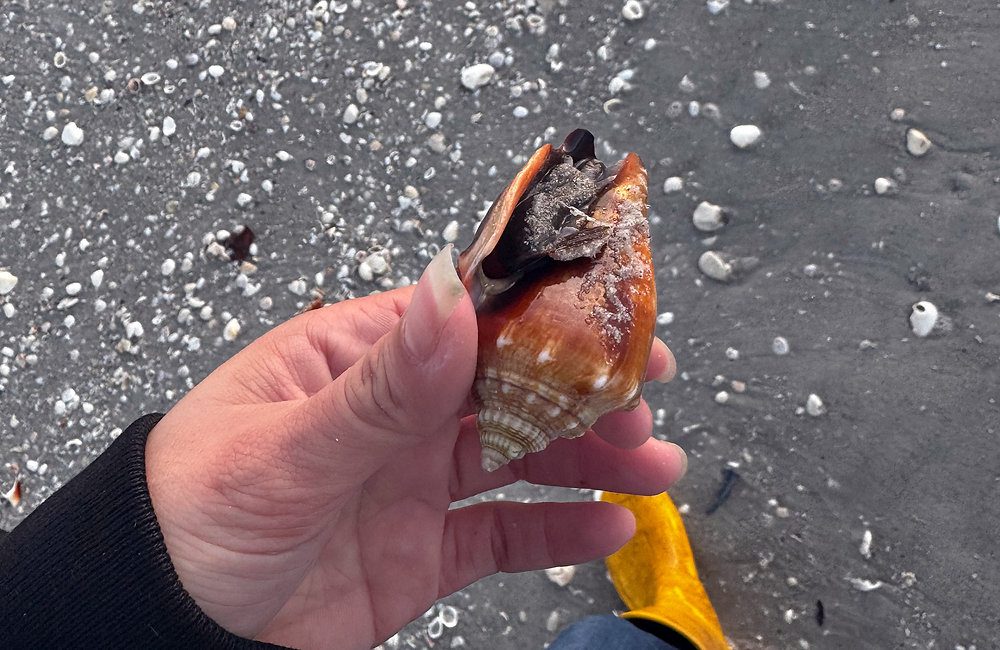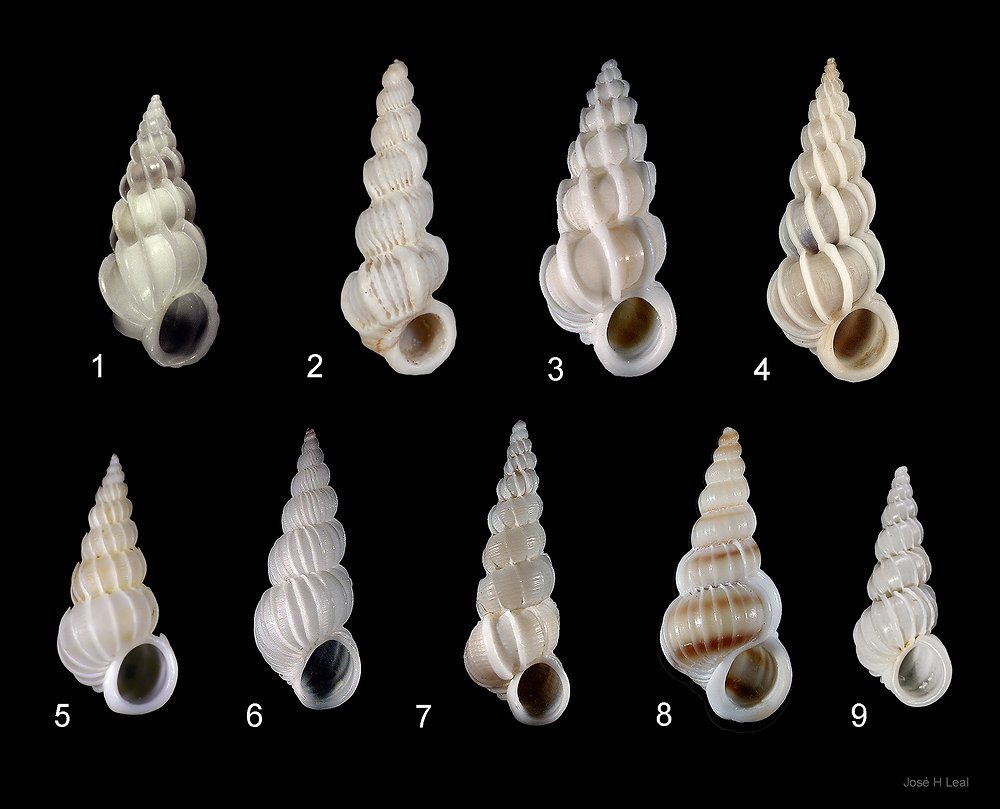
Cockles of Southwest Florida
Do you know the cockles (family Cardiidae) from Southwest Florida? They are: (1) Little Dove Strawberry Cockle (Americardia columbella); (2) Yellow Egg Cockle (Laevicardium mortoni); (3) Florida Prickly Cockle (Trachycardium egmontianum); (4) Atlantic Giant Cockle (Dinocardium robustum); (5) Yellow Prickle Cockle (Dallocardia muricata); (6) Broad Paper Cockle (Papyridea lata); (7) Painted Egg Cockle (Laevicardium pictum); (8) Common Egg Cockle (Laevicardium angmagsalikense). The photos are not to scale. As usual, click on each scientific name…
